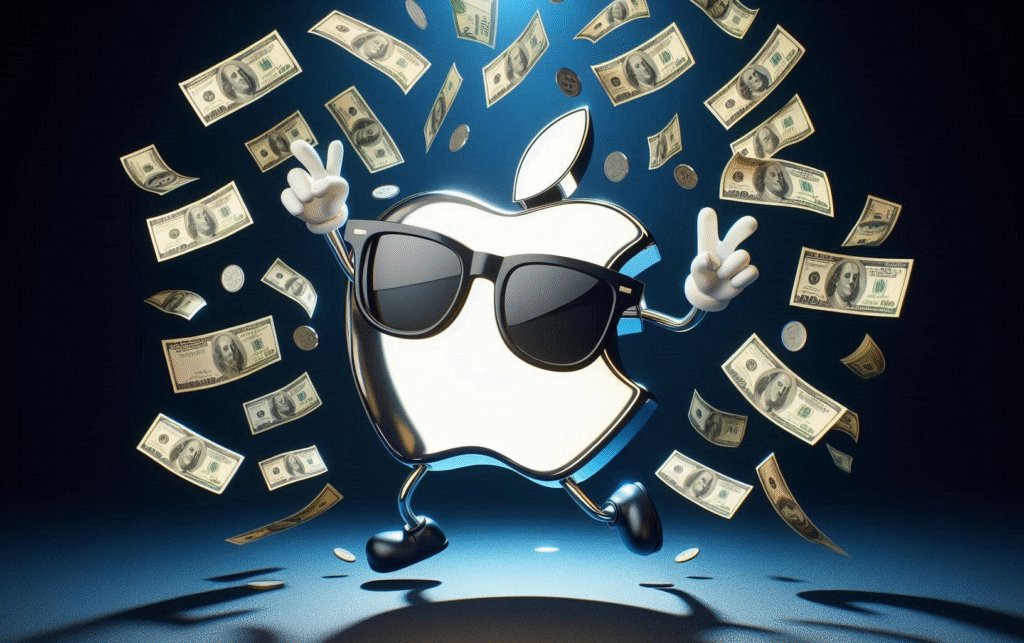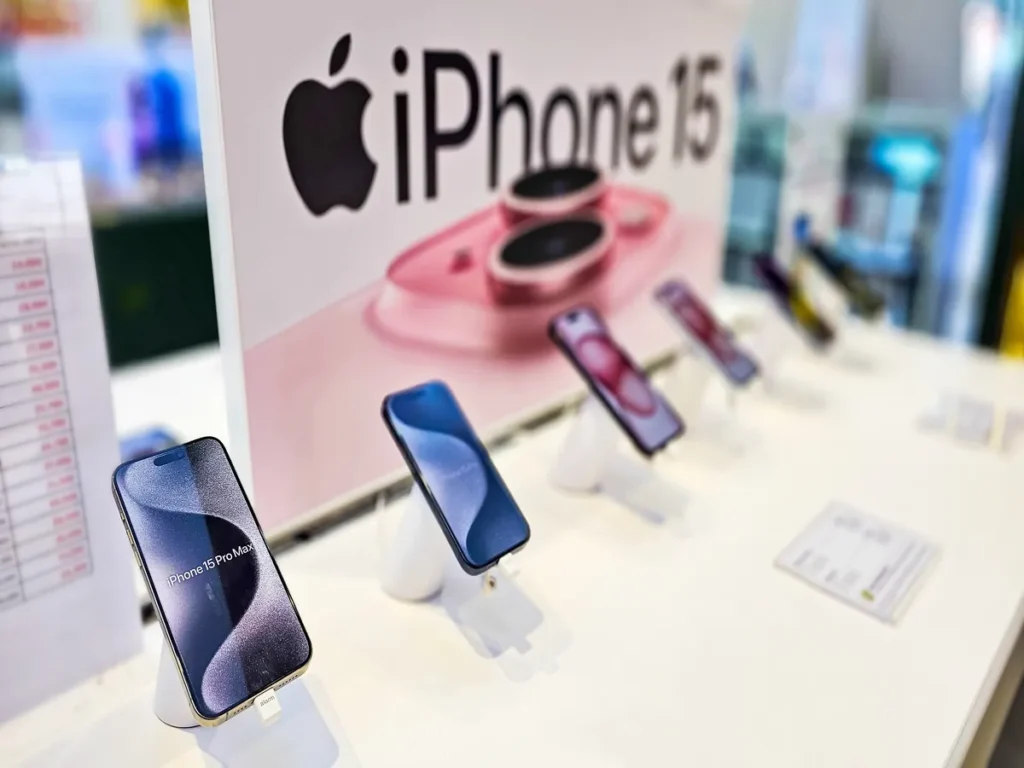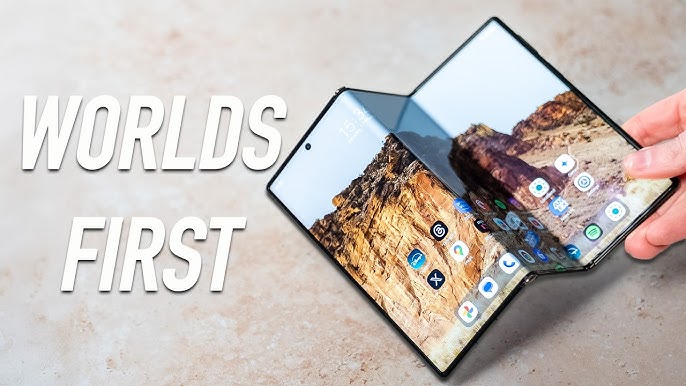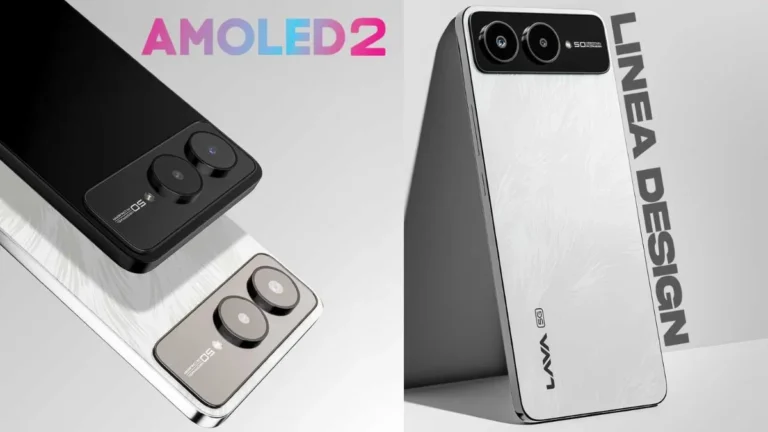
Apple has done it again — and this time, it’s historic. Apple Hits 3 Billion iPhones shipped since the very first iPhone was introduced back in 2007. During Apple’s Q3 2025 earnings call, CEO Tim Cook confirmed this staggering milestone, marking one of the most significant achievements in consumer technology history.
This announcement isn’t just a number — it’s a reflection of nearly two decades of innovation, customer loyalty, and cultural relevance. From the moment Steve Jobs unveiled the original iPhone, it transformed how we communicate, work, socialize, and consume media. The iPhone didn’t just change phones — it redefined the mobile industry, created an entirely new app economy, and became a status symbol worldwide.
With Apple Hits 3 Billion iPhones, the company has proven not only its dominance in the tech industry but also its unmatched ability to shape trends and habits on a global scale. This is more than a product milestone — it’s a cultural landmark.
Milestones Along the Journey
The phrase Apple Hits 3 Billion iPhones encapsulates a journey that began in 2007 and forever changed the landscape of mobile technology. Let’s take a closer look at the timeline that defines this monumental achievement:
- 2007: Apple introduced the very first iPhone, blending a phone, an iPod, and an internet communicator into a single device. It marked the birth of the smartphone era and set the foundation for Apple’s global dominance.
- 2016: After just nine years, Apple shipped its 1 billionth iPhone, a remarkable milestone that reflected explosive growth driven by flagship models like the iPhone 4, 5s, and 6. By this point, the iPhone had already become a cultural icon in both developed and emerging markets.
- 2021 (Estimated): Apple crossed the 2 billion iPhones shipped threshold around this time, although the company did not officially announce it. Analysts estimate this was reached with the momentum of the iPhone 11, 12, and SE models, which were especially popular due to their performance and price balance.
- 2025: And now, as confirmed by Tim Cook, Apple Hits 3 Billion iPhones. This historic moment comes amid record-breaking iPhone sales, highlighting Apple’s sustained dominance in an increasingly competitive market.
Each billion milestone isn’t just about volume — it’s a reflection of Apple’s ability to reinvent itself and grow across continents. From the U.S. to India and China, from luxury flagships to affordable options, the iPhone has become a universal device. The journey from 1 to 3 billion iPhones shipped also mirrors Apple’s strategic expansion into new markets, evolving designs, and unmatched brand loyalty.
No other consumer tech product has seen this level of adoption at such a scale — reinforcing why the statement Apple Hits 3 Billion iPhones is one of the most defining headlines of 2025.
Also Read: Are Noise Buds F1 the Best TWS Under ₹1,200?
Record-Breaking Momentum: The Surge Behind the 3 Billion Milestone
The statement Apple Hits 3 Billion iPhones isn’t just a reflection of long-term success — it’s also powered by a recent surge in demand. In Q3 2025, Apple reported a 13% year-on-year increase in iPhone sales, a substantial leap that played a pivotal role in pushing the company past the 3 billion mark.
This growth wasn’t just impressive — it was financially massive. iPhone revenue for the quarter soared to $44.6 billion, accounting for nearly half of Apple’s total quarterly earnings. This performance reaffirms the iPhone’s position as Apple’s most crucial product, both in revenue generation and market leadership.
What triggered this sales spike? A major factor was strong consumer demand ahead of anticipated trade tariffs. With rising global tensions and new import duties looming, especially in key markets like the U.S., customers rushed to upgrade or buy new devices before potential price hikes. This urgency created a sales wave that significantly boosted unit shipments during the quarter.
The phrase Apple Hits 3 Billion iPhones is more than a legacy headline — it’s also the result of timely market forces, strategic pricing, and customer anticipation. Even 18 years after its launch, the iPhone remains at the center of Apple’s business and global consumer behavior.
Strategic Shifts: How Apple’s Global Playbook Fueled 3 Billion iPhones

As Apple Hits 3 Billion iPhones, it’s clear that this milestone isn’t just the result of past innovation — it’s the outcome of smart strategic moves and global expansion. One of the most crucial shifts in recent years has been Apple’s deepening relationship with India. Once seen primarily as a sales market, India is now emerging as a major manufacturing and export hub for iPhones.
Apple has significantly ramped up local production in India through its partners like Foxconn and Pegatron. In fact, a growing percentage of global iPhone exports — particularly for the U.S. and Europe — are now being assembled in India. This shift not only reduces dependence on China but also positions Apple to benefit from Indian government incentives and a skilled labor force.
At the same time, Apple is doubling down on emerging markets across Asia, Africa, and Latin America. These regions are now key to driving the next wave of growth. With a mix of premium offerings and more affordable models like the iPhone SE, Apple is targeting first-time smartphone buyers as well as Android switchers.
Even in the face of regulatory pressure in regions like the European Union and China — where Apple faces scrutiny over ecosystem control and data practices — the company remains a global smartphone leader. Its ability to balance premium branding with local market strategies has kept the iPhone relevant and desirable worldwide.
As Apple Hits 3 Billion iPhones, it’s clear that this success isn’t bound to one region or one strategy. It’s the result of global adaptability, market diversification, and forward-thinking leadership — all working together to maintain Apple’s unrivaled momentum.
Also Read: Apple MacBook Pro M5 Coming; 15 Macs in Pipeline
Beyond the Device: How the iPhone Powers Apple’s Ecosystem
The milestone Apple Hits 3 Billion iPhones is not just about the number of devices shipped — it’s about the vast, interconnected world those devices power. The iPhone sits at the heart of Apple’s ecosystem, acting as the entry point to a wide array of services, platforms, and hardware experiences that define the Apple brand today.
From the App Store to Apple Music, iCloud, Apple Pay, and Apple TV+, the iPhone is the foundation upon which Apple has built a services empire. In fact, as of 2025, services alone contribute over $23 billion per quarter to Apple’s revenue — and the vast majority of those services are accessed and paid for via the iPhone.
What makes this ecosystem so powerful is its seamless integration. An iPhone user who owns AirPods, a MacBook, and an Apple Watch experiences a level of continuity that competitors struggle to replicate. This deep integration drives user retention, fuels hardware upgrades, and reinforces loyalty — all while expanding Apple’s recurring revenue from subscriptions.
Moreover, the iPhone has redefined Apple’s identity. What began as a computer company has evolved into a global lifestyle brand, with the iPhone as its cultural and commercial nucleus. The phrase Apple Hits 3 Billion iPhones isn’t just a product statistic — it’s a statement about how Apple’s vision, design philosophy, and customer experience have transformed the way we live, work, and communicate.
In short, the iPhone is no longer just a smartphone. It’s a platform. It’s a gateway. And it’s the reason Apple Hits 3 Billion iPhones is as much about the future as it is about the past.
What Comes Next: The Road from 3 Billion to 4 Billion iPhones
With Apple Hits 3 Billion iPhones marking a major chapter in tech history, all eyes now turn to the future. What’s next for the world’s most iconic device? According to Apple’s roadmap and industry analysts, the answer lies in AI-powered innovation, global expansion, and deeper personalization.
One of the most anticipated developments is the integration of Apple Intelligence, Apple’s newly announced suite of AI features expected to debut with the iPhone 17 and future models. These tools will bring advanced on-device processing, smarter Siri capabilities, and context-aware functions that personalize everything from notifications to photography. This shift isn’t just cosmetic — it positions the iPhone as a next-gen intelligent assistant built for productivity, creativity, and well-being.
Apple is also investing heavily in new markets and younger demographics. By tailoring pricing strategies, financing plans, and localized features, Apple aims to reach first-time smartphone users in regions like Africa, Southeast Asia, and Latin America. These fast-growing markets are expected to play a major role in helping Apple accelerate toward the 4 billion iPhones shipped milestone.
Moreover, Apple’s focus on sustainability, long-term software updates, and ecosystem compatibility means older iPhones stay relevant longer — creating stronger brand equity and trust among consumers globally.
So, as Apple Hits 3 Billion iPhones, it’s not just a celebration — it’s a springboard. The journey from 3 to 4 billion will likely be faster, smarter, and even more impactful, driven by AI, affordability, and global reach. The iPhone’s next era is already on the horizon — and Apple’s momentum shows no signs of slowing down.
read More blogs: Nothing OS 4.0 on Android 16 Coming This Autumn
Visuals & Data Highlights: Breaking Down the 3 Billion Milestone

To truly grasp the scale of Apple Hits 3 Billion iPhones, it’s important to visualize the journey — from the first unit sold in 2007 to the tens of millions shipped each quarter today. Here are the most effective ways to illustrate this remarkable achievement:
Timeline Infographic: iPhone Milestones
A simple, clean timeline can show the rapid progression of iPhone shipments:
- 2007 – iPhone 1 launches
- 2010 – iPhone 4 revolutionizes design
- 2014 – iPhone 6 introduces larger displays
- 2016 – 1 billion iPhones shipped
- 2021 (est.) – 2 billion shipped
- 2025 – Apple Hits 3 Billion iPhones officially
This timeline underscores how the pace of adoption has accelerated, with each new model and market opening fueling growth.
Bar Chart: iPhone Revenue by Quarter (Recent Years)
Visualizing Apple’s quarterly iPhone revenue highlights just how crucial the product remains:
- Q3 2023: ~$39.6 billion
- Q3 2024: ~$40.2 billion
- Q3 2025: $44.6 billion (13% YoY growth)
This visual demonstrates not only consistency but a recent spike that helped push Apple past the 3 billion threshold.
Shipment Growth: 1st to 3rd Billion
A comparative chart or slope graph can highlight how long each billion took:
- 1st Billion: ~9 years (2007–2016)
- 2nd Billion: ~5 years (2016–2021 est.)
- 3rd Billion: ~4 years (2021–2025)
The trend shows a shrinking time window between each major milestone, signaling faster growth, deeper market penetration, and increasing global demand.
These visuals not only enhance storytelling but also make the phrase Apple Hits 3 Billion iPhones tangible — turning a headline into a measurable journey of global scale, strategic execution, and unrelenting consumer demand.
Read More Blogs: Lumio Arc 5 and Arc 7 Projectors with Google TV Set to Launch in India on July 7
Conclusion: A Legacy That Continues to Evolve
The milestone Apple Hits 3 Billion iPhones represents far more than just a numerical achievement — it’s a powerful reflection of Apple’s relentless drive for innovation, its ability to adapt across decades, and its influence on how billions of people live, connect, and create. From its revolutionary debut in 2007 to its current role as the centerpiece of Apple’s ecosystem, the iPhone has consistently set the standard for what a smartphone can be.
This journey also highlights Apple’s resilience. Through economic downturns, intense competition, regulatory hurdles, and shifting global dynamics, the iPhone has remained not just relevant, but essential. It has grown from a single premium product into a platform that powers a global lifestyle — blending hardware, software, and services into one cohesive experience.
As Apple Hits 3 Billion iPhones, the focus now shifts to what lies ahead. With Apple Intelligence, AI-powered capabilities, and deeper personalization on the horizon, the iPhone is once again preparing to lead the next wave of mobile transformation. The path to 4 billion devices is already being paved — not just with new technology, but with a vision that continues to redefine the future of mobile innovation.


